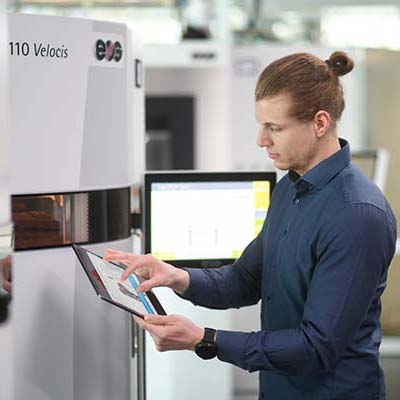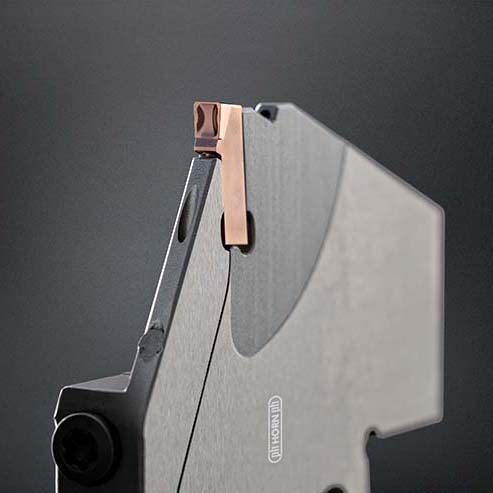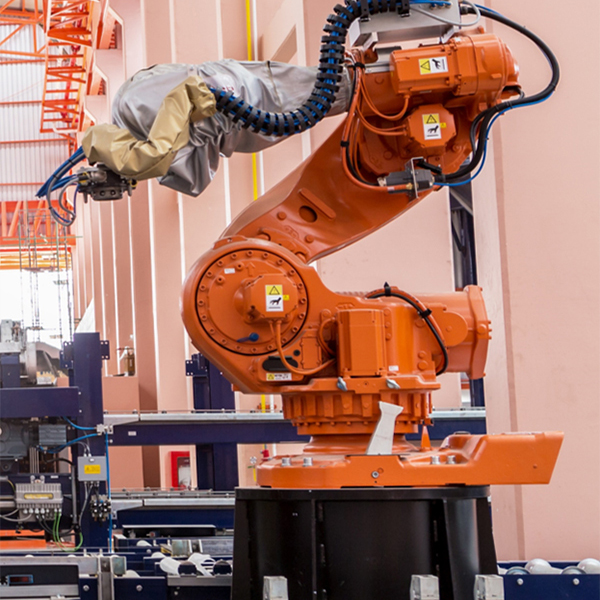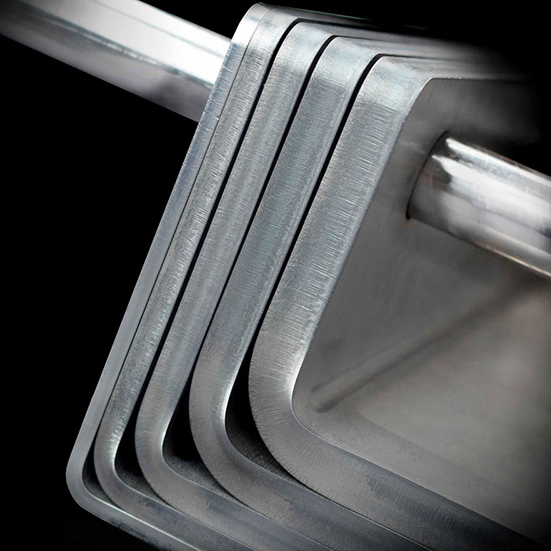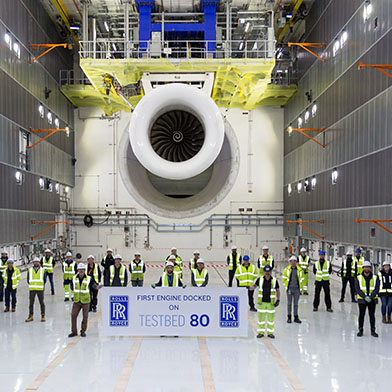
EOS, a technology supplier in the field of industrial 3D printing for metals and polymers, is further expanding its offer in the areas of training and knowledge transfer. Back in 2016, EOS founded the consulting unit Additive Minds, which supports companies in tapping the vast potential of industrial 3D printing. The digital training of the Additive Minds Academy now complements this provision, bundling together many years of experience from consulting and
technical training.
Through blended learning formats and online/remote training, the Additive Minds Academy is taking a step towards conserving resources and thus reducing not only travel times but also training costs. The Additive Minds Academy offer includes individual learning modules and comprehensive learning paths (in English) that prepare for various roles in additive manufacturing – from machine operator and application specialist, to production manager. Customers receive support for on-boarding new employees, as well as further training for existing staff members.
For further information https://is.gd/lexeyi






